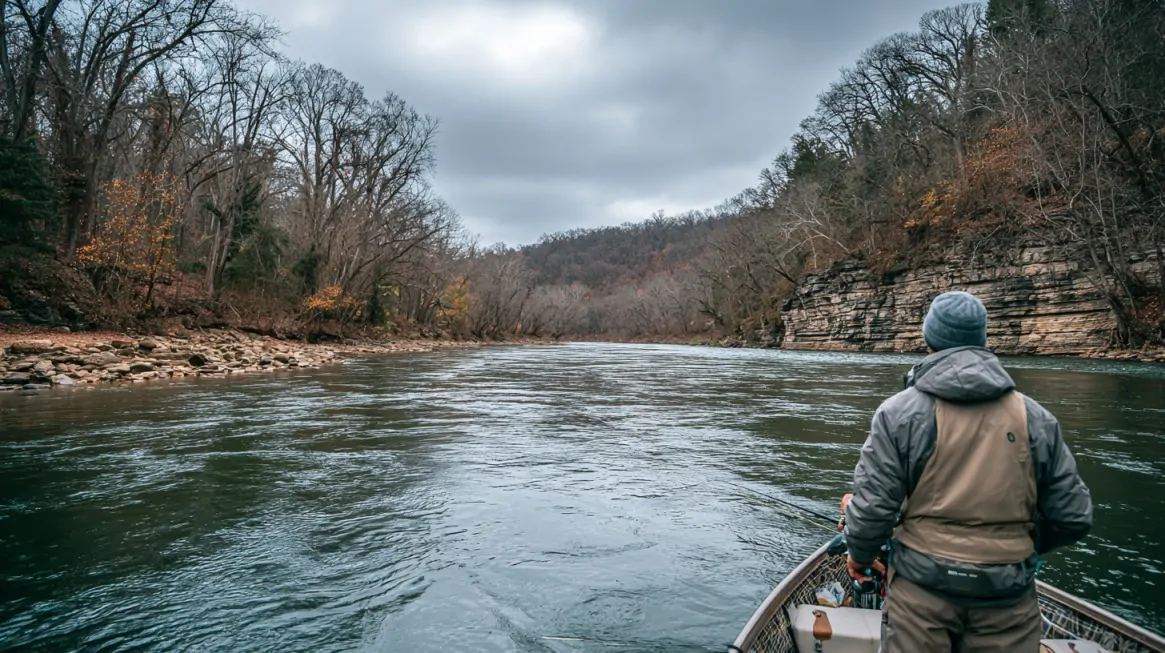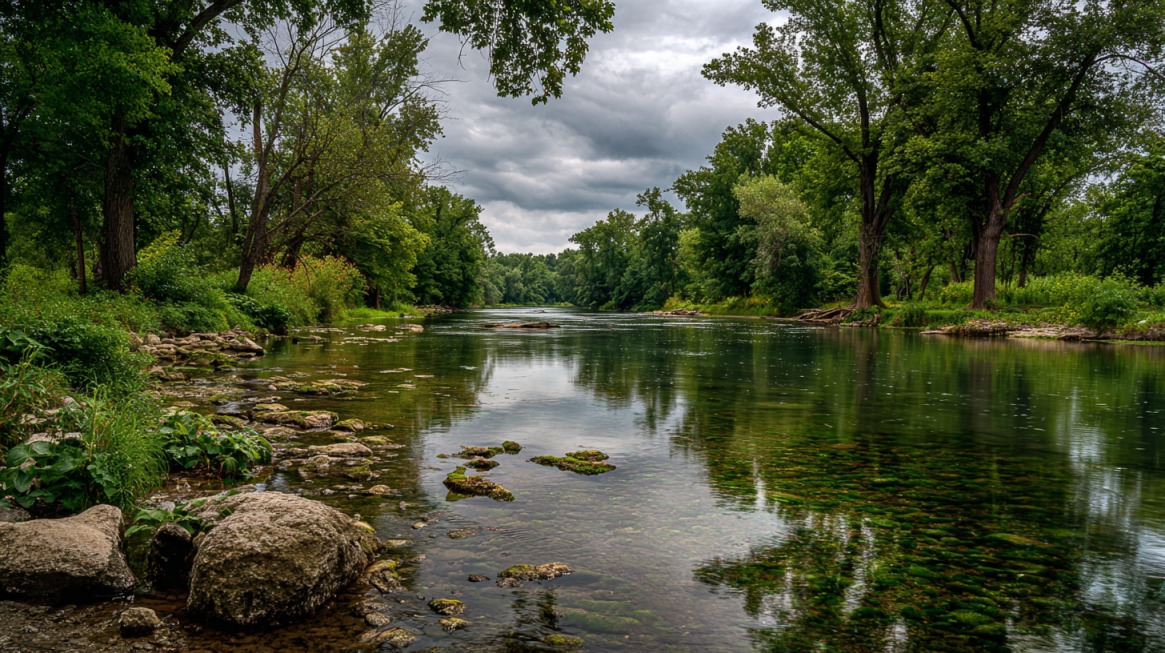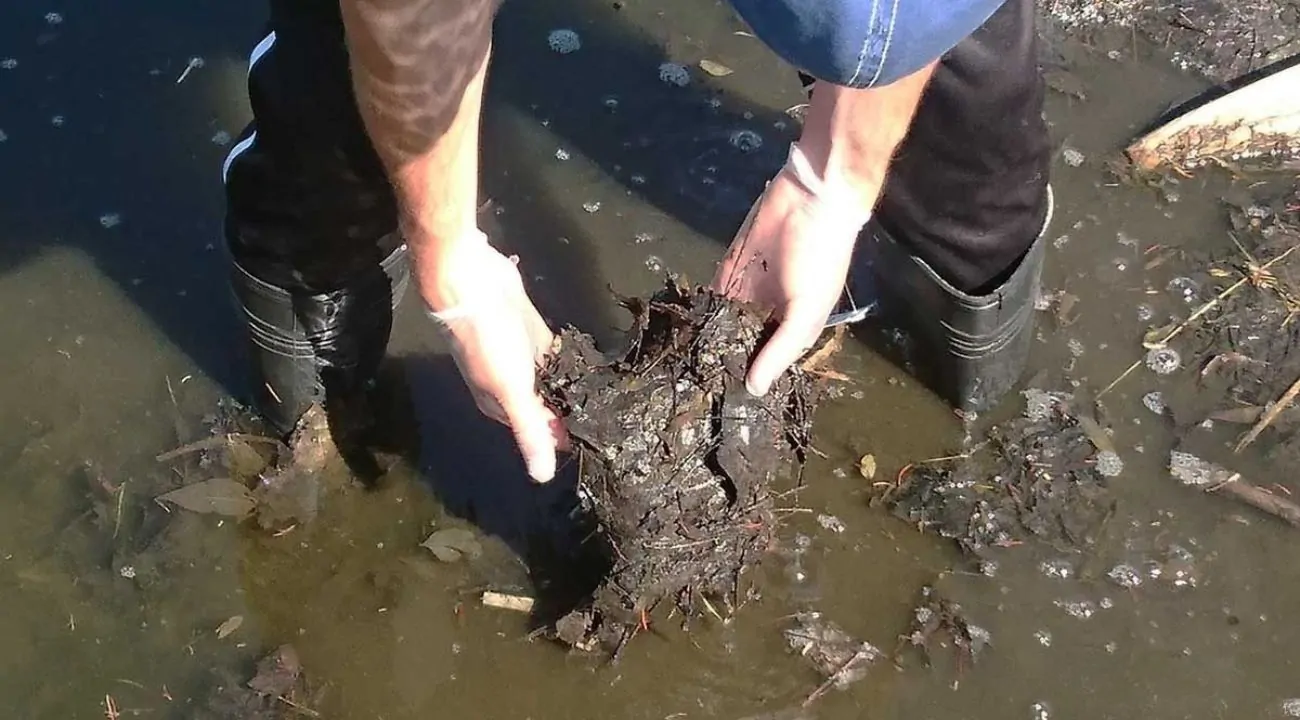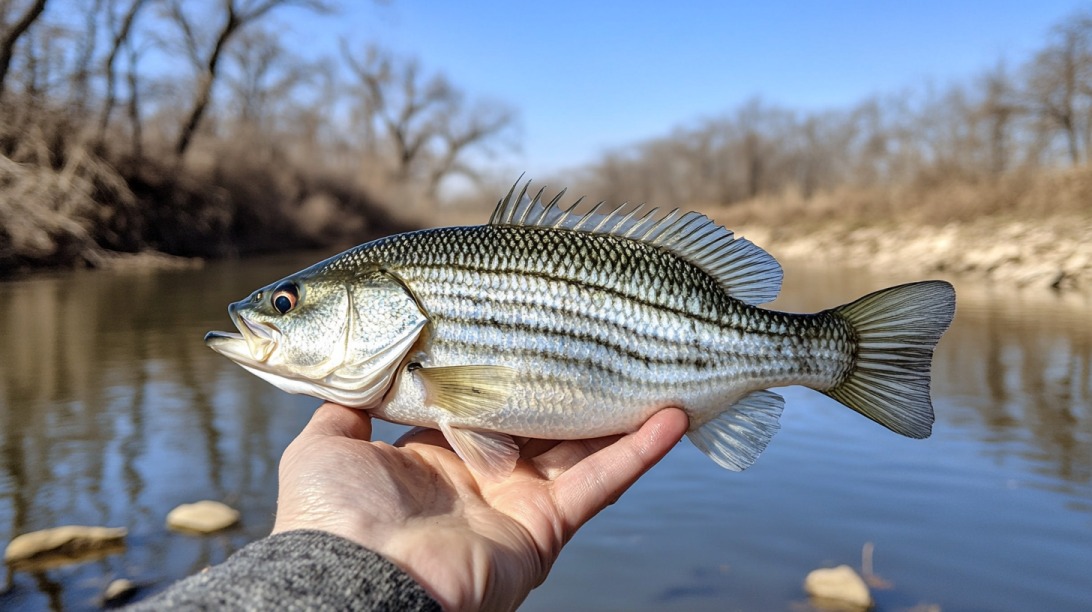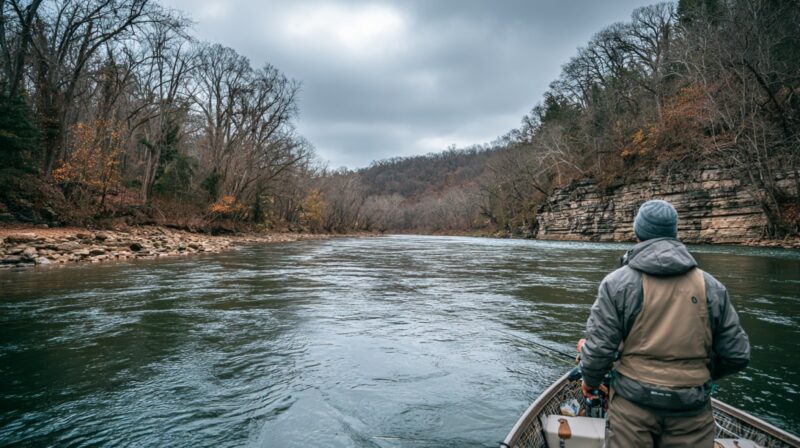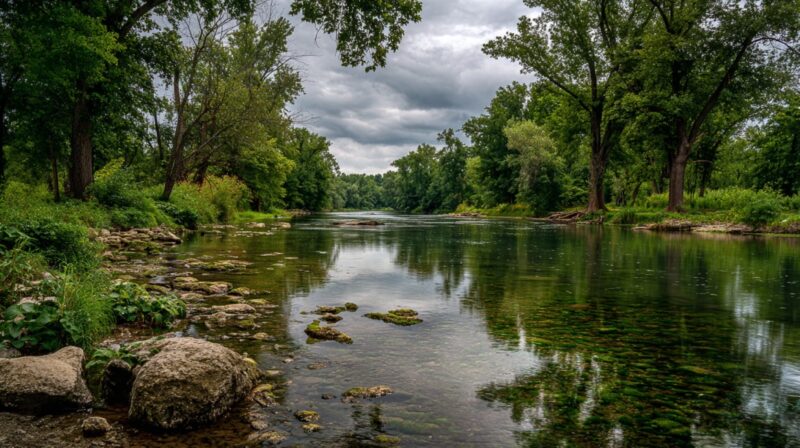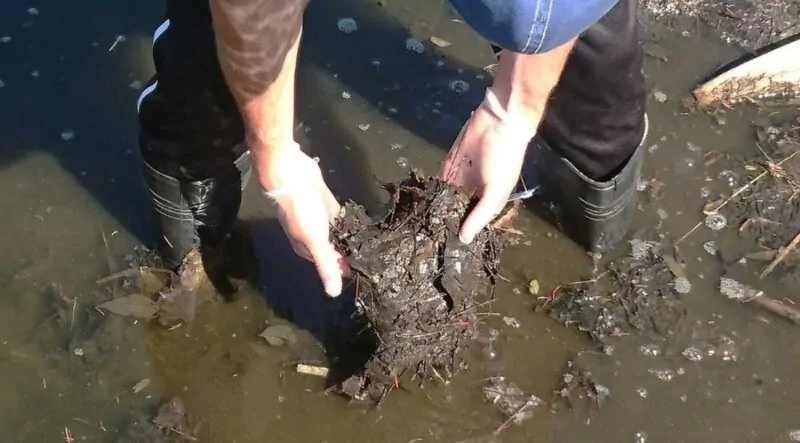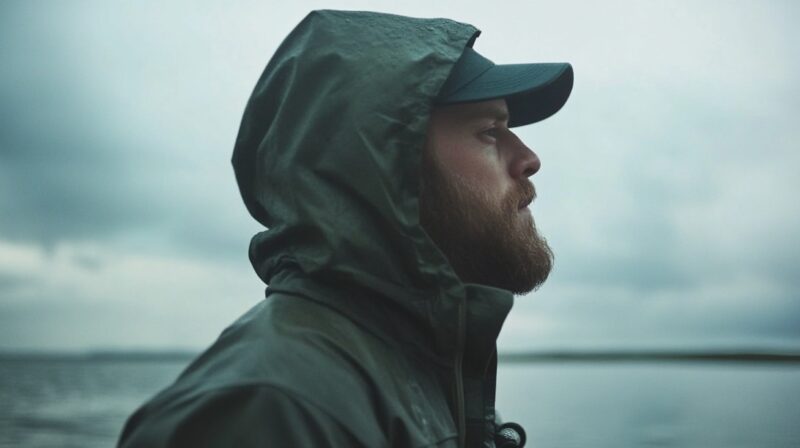
Share Post:
Capturing fishing moments on camera turns every trip into something memorable.
Practical tips make it easier to relive favorite catches, analyze techniques, and share the thrill with others online. Videos and photos help preserve the fun while opening up the chance to connect with fellow anglers.
Documenting those early mornings on the water or that last-minute catch builds something to look back on.
With that in mind, let us talk about the most important fishing vlog tips you should know about.
Prepping for the Perfect Fishing Shot
Getting the perfect shot on the water takes more than luck and a good camera.
Preparation before launching the boat or casting the first line lays the foundation for footage worth sharing.
Anglers who plan gear, camera placement, and safety ahead of time will capture more moments and avoid frustration.
To break this down clearly, let’s look at two essential parts of prepping: getting the fishing gear right and having the camera ready.
Gear Up Right
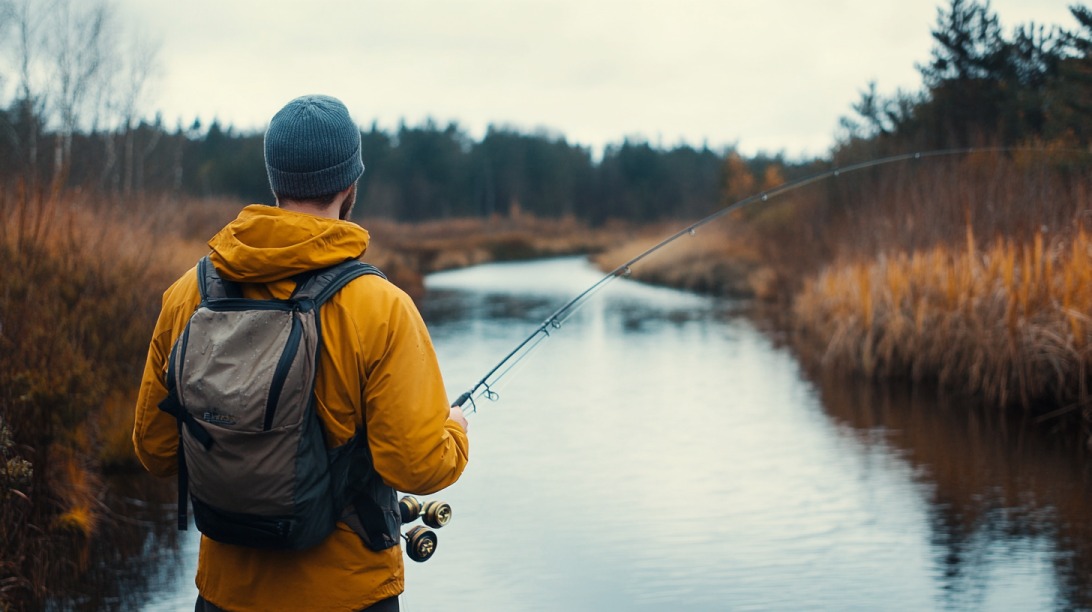
Fishing skills form the base of any successful on-camera moment.
Casting smoothly, reeling with control, and handling fish respectfully all contribute to more natural and engaging footage. Proper technique also protects the fish, an important detail for ethical anglers.
- Hold fish horizontally to avoid injury.
- Avoid squeezing fish or placing fingers in gills.
- Minimize time out of water, especially for catch-and-release.
- Use barbless hooks if required to make release easier.
Comfort, safety, and the diversity of your gear are often the difference between a successful trip and a stressful one.
Secure gear keeps valuable equipment safe, while safety gear ensures confidence when filming takes your attention off the water.
- Attach rods and gear with tethers to avoid losing them overboard.
- Always wear a properly fitted life vest, especially near fast-moving or deep water.
- Keep a landing net ready for quick use, avoiding fumbling during filming.
- Dress in moisture-wicking layers, and bring sun protection for long days.
Camera Readiness
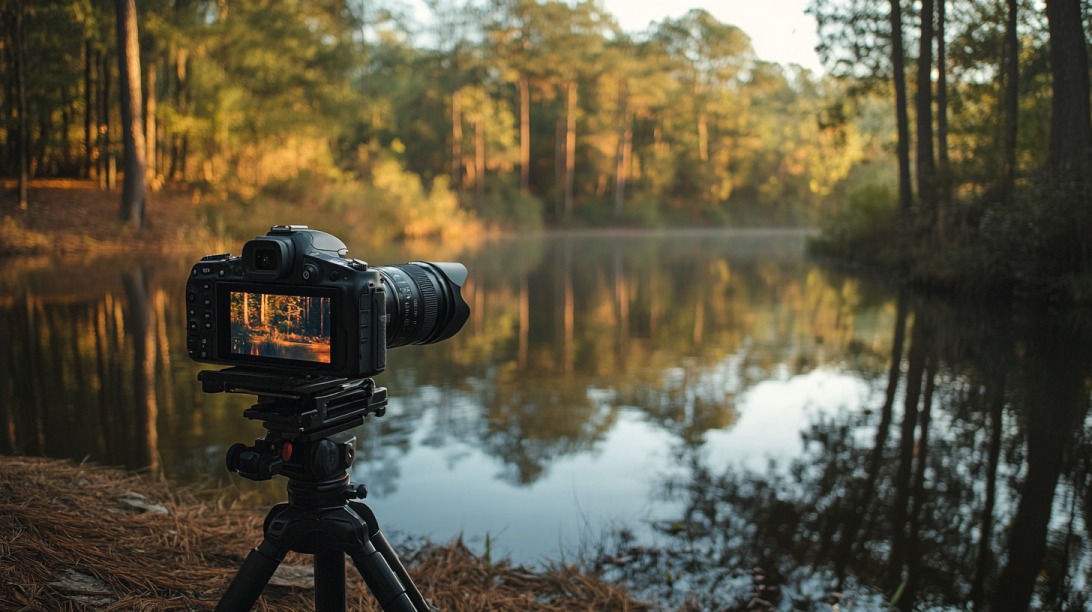
Solid footage depends on a camera that’s protected, powered, and ready to shoot. Phones and action cams can both work, but only if they’re prepared for water and motion.
Budget solutions like ziplock bags or dry pouches make waterproofing possible without investing in expensive housings.
- Use waterproof cases, pouches, or plastic bags with seals for basic phone protection.
- Secure mounts on rods, boat rails, chest straps, or hats for varied angles.
- Carry a lightweight tripod to record hands-free or stable footage when stationary.
- Wipe lenses frequently to remove splashes, fog, or smudges.
Battery life and storage space tend to vanish faster than expected, especially on longer trips or in cold weather.
Without backup options, anglers risk missing great footage just when action picks up.
- Bring at least two extra batteries for action cameras.
- Carry a fully charged power bank to recharge phones or cameras.
- Pack additional memory cards—especially high-speed ones for 4K video.
- Store backups in a dry bag to keep them safe and accessible.
Preparation reduces surprises and keeps you focused on catching fish and capturing the moment. With both gear and camera in order, more time can be spent enjoying the experience rather than fixing problems mid-trip.
Editing and Sharing Your Footage
Recording is only half the job, editing and sharing bring your fishing experience to life.
Clean, engaging clips help tell a better story and make the most out of your footage. A good edit doesn’t require studio-level tools or hours of work.
In fact, quick, polished cuts often outperform long, drawn-out content. Sharing with the right audience ensures more eyes see your work and more anglers engage with your experience. B
Simple Editing Tools
Basic edits turn raw clips into tight, engaging sequences. Modern tools simplify the process without a steep learning curve.
- Skitch – Add arrows, text, or boxes to highlight specific moments or annotate gear setups.
- Insta360 Studio – Ideal for those using Insta360 cameras. Great for trimming, reframing, and exporting 360° footage.
- GoPro Quik – Automatically creates highlight reels with sync to music, useful for quick edits.
Key editing tips to remember:
- Clip to the action: focus on cast-to-catch sequences.
- Include crowd-pleasers: fish jumps, big strikes, unusual catches.
- Cut out downtime unless using it for narration or atmosphere.
- Use text overlays sparingly to mark locations, dates, or lure types.
Avoid dragging viewers through long, uncut segments unless producing an instructional video.
Attention spans are short; keep the pace moving and leave them wanting more.
Platforms to Share
Choosing the right place to share makes a big difference in how your content is received.
Not every clip belongs on every platform.
Short and snappy clips work well on social media, while longer, story-driven content fits better on video hosting platforms.
- YouTube – Best for full fishing trips, narrated techniques, gear reviews, or tutorials.
- Instagram – Perfect for one-minute clips, dramatic catch moments, or scenic highlights. Use reels for extra reach.
- TikTok – Great for fast-paced edits, funny fails, and catchy background music.
- Facebook Groups & Fishing Forums – Valuable for feedback, discussions, and building connections with passionate anglers.
Sharing tips for maximum engagement:
- Post consistently, especially after successful trips.
- Use relevant hashtags like #CatchAndRelease, #FishingVlog, or species-specific tags.
- Add descriptions that provide context, like weather conditions, lure type, or location (when appropriate).
- Respond to comments to build your presence and stay active in the community.
- Consider using SocialWick to boost your initial follower count or views, especially useful if you’re just starting out and want to accelerate your reach.
Choosing the Right Camera for Fishing
Capturing fishing moments requires more than just enthusiasm, it takes the right camera setup to make those memories look great on screen.
Choosing between budget options and professional-level gear depends on your goals, but even basic setups can deliver impressive results with proper planning.
Key features often determine how well your footage turns out in variable conditions like water glare, sudden movements, or low light.
Budget vs. Professional Options
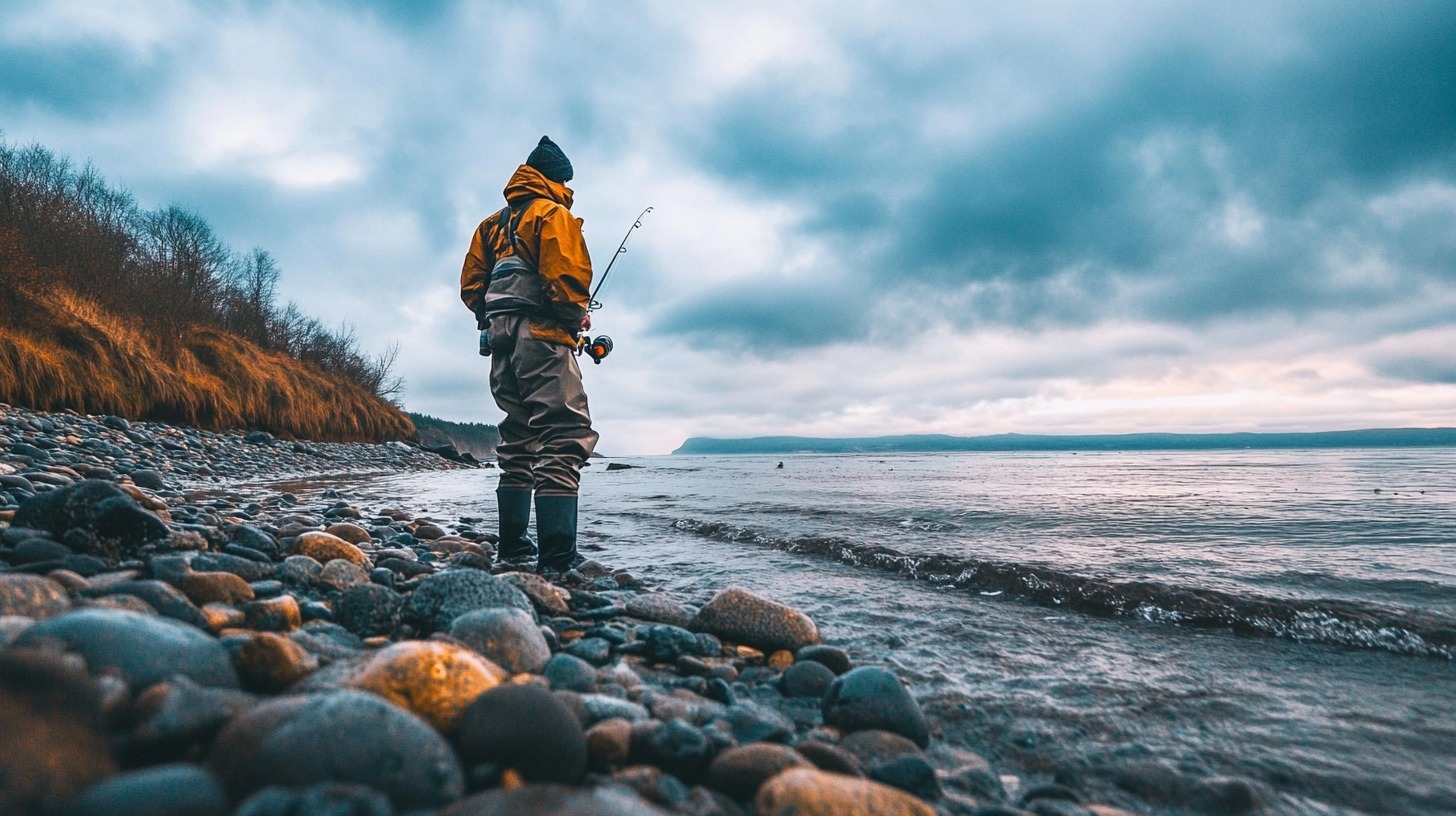
Affordable gear can go a long way. Those just starting out might want to avoid spending too much at first and instead focus on mastering basic camera angles and shot timing. Older gear still gets the job done, especially when paired with good accessories.
- GoPro Hero 3 or Hero 4: Reliable, compact, and widely available secondhand.
- Waterproof Smartphones: Modern devices often come with decent cameras and durability.
- Basic Action Cams (AKASO, Campark): Often under $100 with decent resolution and mounts included.
Professional-Level Gear:
- Insta360 X4: Captures full 360° action, records up to 5.7K, includes pre-recording to catch moments before you press the button.
- GoPro Hero 11/12: Advanced stabilization, customizable settings, excellent low-light performance.
- DJI Osmo Action 4: Rugged design with strong color accuracy and audio capture.
Using pro-level gear adds flexibility, creative control, and sharp detail, but it’s not required to start creating valuable content. The goal should be consistency, not just top specs.
Key Camera Features to Consider
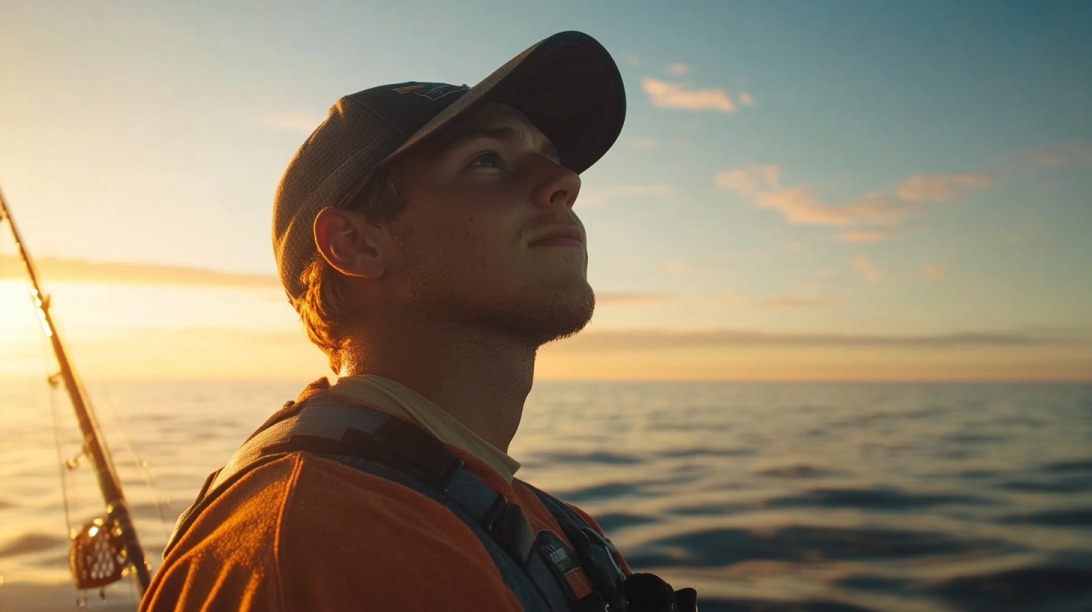
High-resolution video makes all the difference.
Aim for at least 2.7K, though 4K and above create sharper visuals and cleaner screenshots.
Built-in stabilization helps reduce motion blur during casting or boat movement.
Cameras must handle wet conditions. Choose models with water resistance or underwater capability.
Versatility also matters, go for gear that mounts to heads, rods, rails, or even mouths for hands-free recording during intense moments.
Summary
Filming fishing trips adds a new level of satisfaction. Every cast and every tug becomes a story waiting to be told. Not every shot needs to be perfect—what matters is the memory behind it.
Start simple. Use what’s already in your pocket, improve over time, and focus on sharing those unforgettable moments with people who get it.
Related Posts:
- Optimal Fishing Times - When to Cast Your Line for…
- How to Document and Keep Track of Your Fishing Trophies
- Your Go-To Fishing Checklist: Gear, Safety, and More
- Where to Buy Illinois Fishing License - Easy…
- Catfish in Illinois - Species, Habitats, and Top…
- Night Fishing Tips and Tricks - Catching More After Sunset



